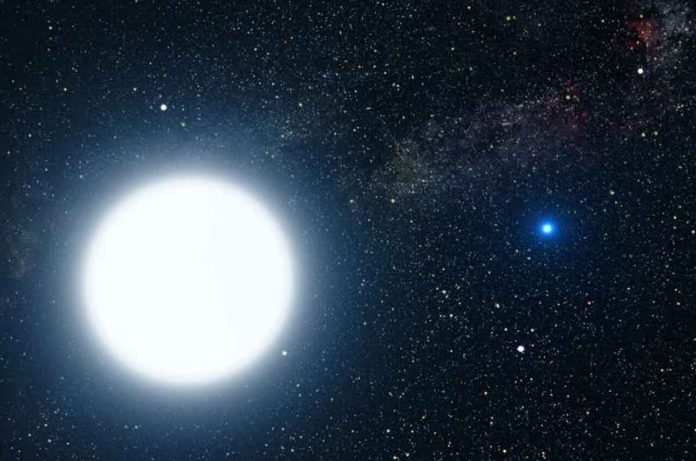White dwarf stars (WDs) make up the majority of the stellar graveyard. It is widely assumed that WDs will evolve from more than 97 percent of the stars in the universe. These numerous objects are regarded as a powerful tool for comprehending star formation and evolution, the history of our galaxy, and stellar populations.
A research group led by Assistant Professor Wu Chengyuan from the Chinese Academy of Sciences investigated the formation of ultra-massive carbon–oxygen white dwarfs in a study published in Monthly Notices of the Royal Astronomical Society (UMCOWDs).
WDs with masses less than about 0.45 M are helium (He) WDs, while those with masses between 0.45 and 1.05 M are carbon-oxygen (CO) WDs, according to stellar evolution models. WDs with masses greater than 1.05 M may have oxygen–neon (ONe) cores and are referred to as ultra-massive WDs (UMWDs).
“The UMWDs are critical to our understanding of type Ia supernova explosions, the occurrence of physical processes in the asymptotic giant branch phase, the existence of high-field magnetic WDs, and the occurrence of double WD mergers,” Wu explained.
Recently, Gaia data revealed an enhancement of UMWDs on the Hertzsprung–Russell diagram, indicating that UMWDs may have an additional cooling delay mechanism such as crystallization and elemental sedimentation. Further research has indicated that some UMWDs should have had relatively long cooling delays, implying that they are CO WDs. However, the mechanism by which these UMCOWDs form is still unknown.
The researchers investigated whether mergers of massive CO WDs with the WDs can result in UMCOWDs in this study. The results of 3D dynamical simulations of double WD mergers show that the process is very fast and can form a hot corona on the primary WD. “To construct the initial structures of the merger remnants, we used the fast accretion method to simulate the merger process in 1D models, and we obtained remnant structures similar to those in 3D models,” Wu explained.
The researchers discovered that the post-merger evolution of the merger remnants is similar to that of R Coronae Borealis (R CrB) stars after constructing the structures of the merger remnants. The mass growth of the CO core is caused by the helium-burning of the He shell. During the post-merger evolution, the final CO WD mass is influenced by the wind mass-loss rate and cannot exceed about 1.2 M. Surface carbon ignition will occur in remnants with core masses greater than 1.2 M, potentially ending their lives as ONe WDs.
The current findings imply that at least some UMWDs with unusually long cooling delays may be the result of the merger of CO WDs and He WDs.

